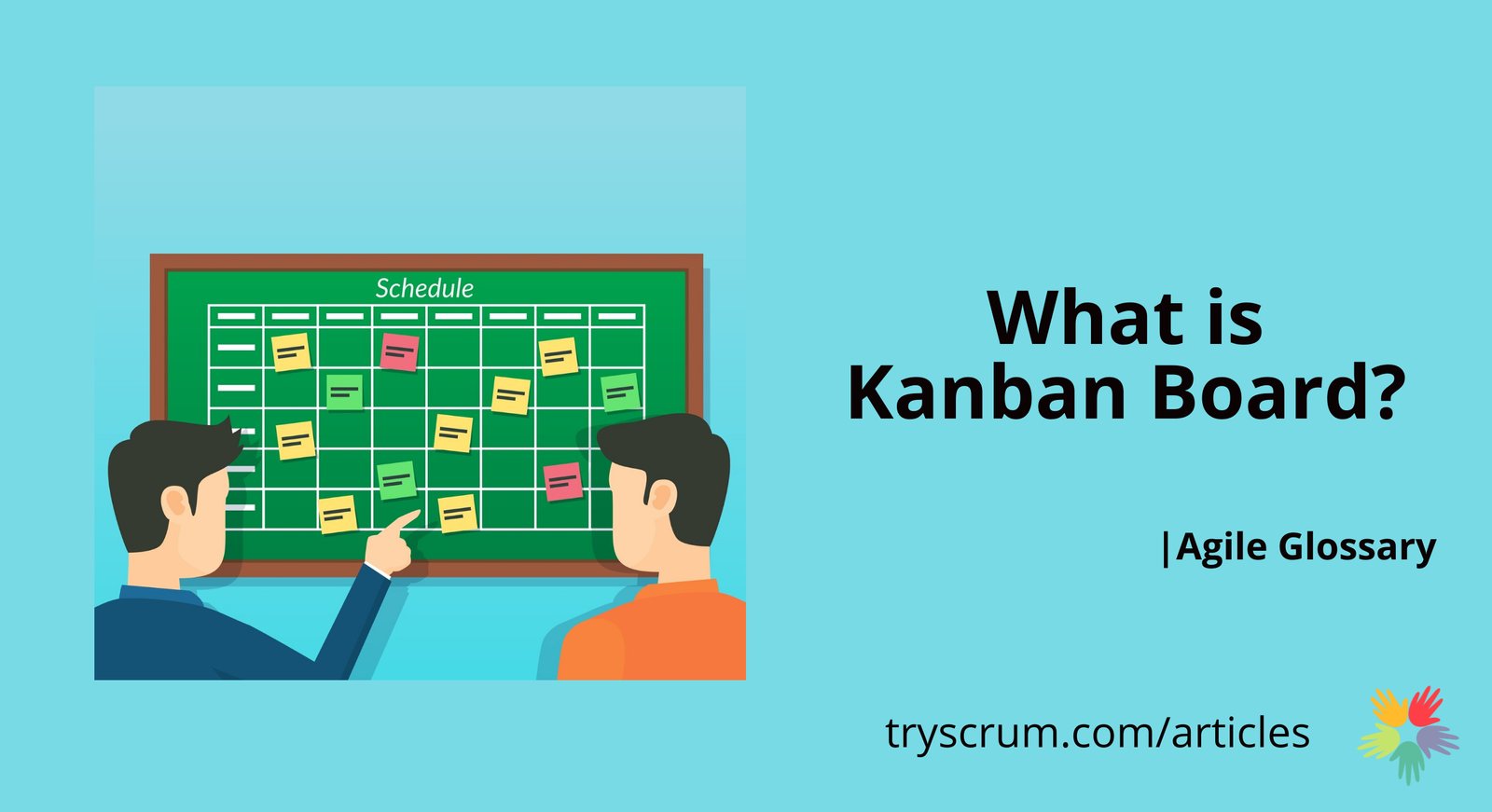A Kanban Board is a visual tool that helps teams manage and track their work through different stages of a process. It uses columns to represent workflow steps and cards for individual tasks. As tasks move across columns, the board provides a clear picture of project status.
Key Components of a Kanban Board
- Columns: Each column represents a workflow stage like 'To Do,' 'In Progress,' and 'Done.' They can be customized to match team processes.
- Cards: Visual representations of tasks/work items with details such as description, assignee, and deadline.
- Work In Progress (WIP) Limits: Constraints on the number of items allowed in a column to prevent overload and bottlenecks.
Benefits of Using a Kanban Board
- Enhanced Visibility: Displays all tasks and their status, making progress transparent for team and stakeholders.
- Improved Workflow Management: Simplifies identification of bottlenecks, helping teams fix issues quickly.
- Flexibility: Customizable for any team size, workflow, or industry, making it widely applicable.
Implementing a Kanban Board
- Define the Workflow: Outline each step of your process and create corresponding board columns.
- Set Up WIP Limits: Apply appropriate limits for each column to prevent overload.
- Create and Manage Cards: Add cards for tasks with details, moving them across columns as work progresses.
Conclusion
Integrating Kanban Boards into your workflow enhances collaboration, streamlines processes, and helps deliver value more effectively.

































